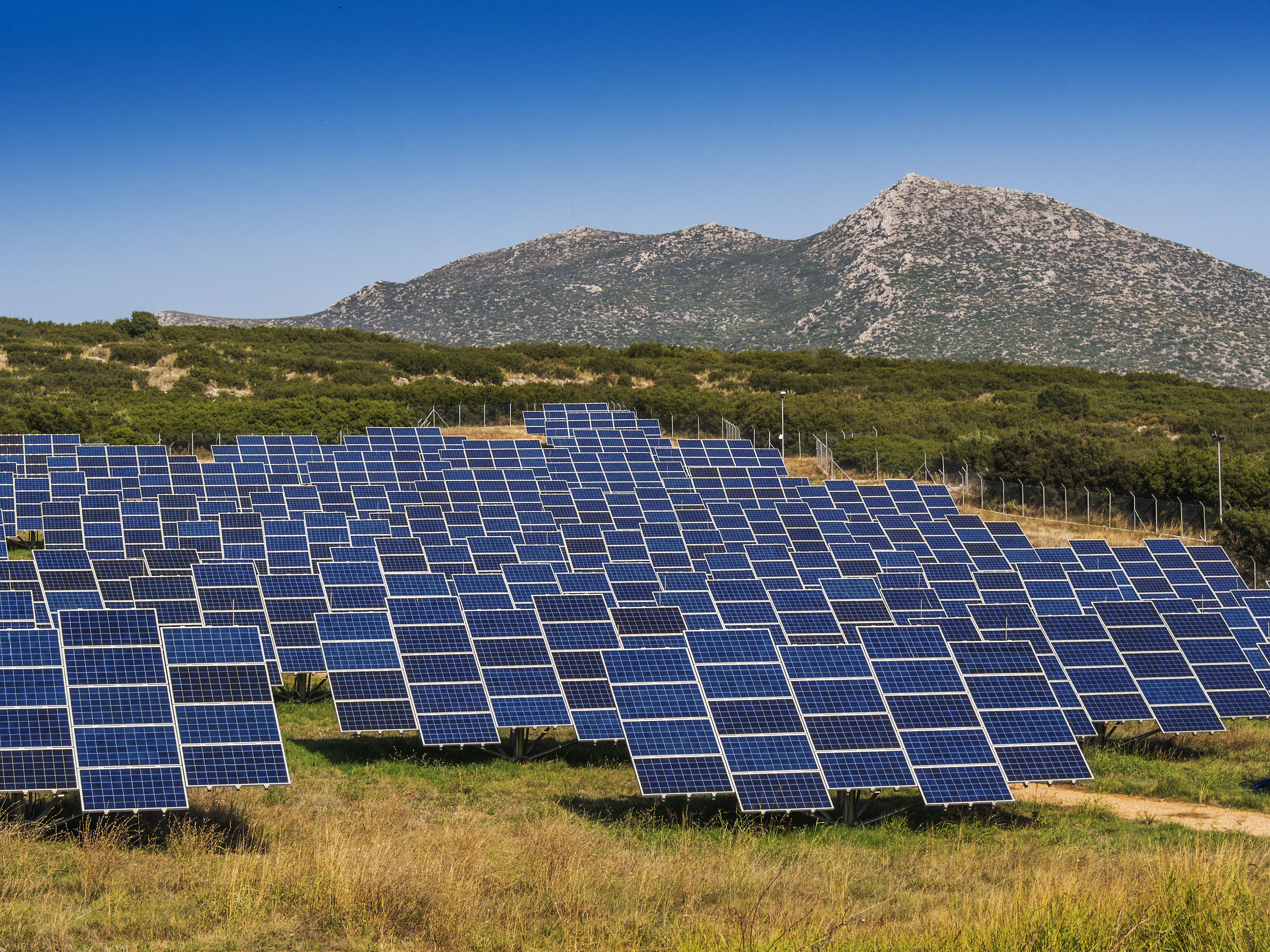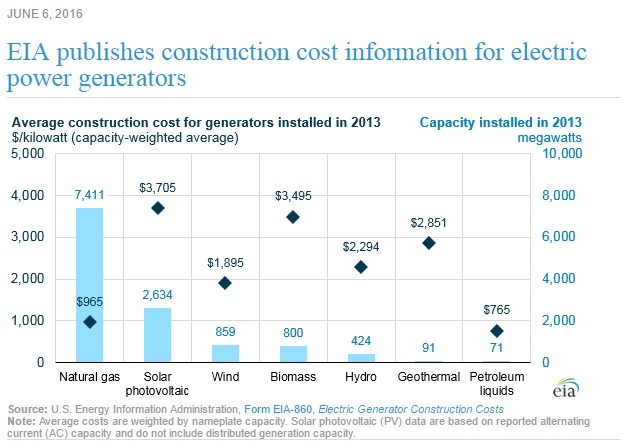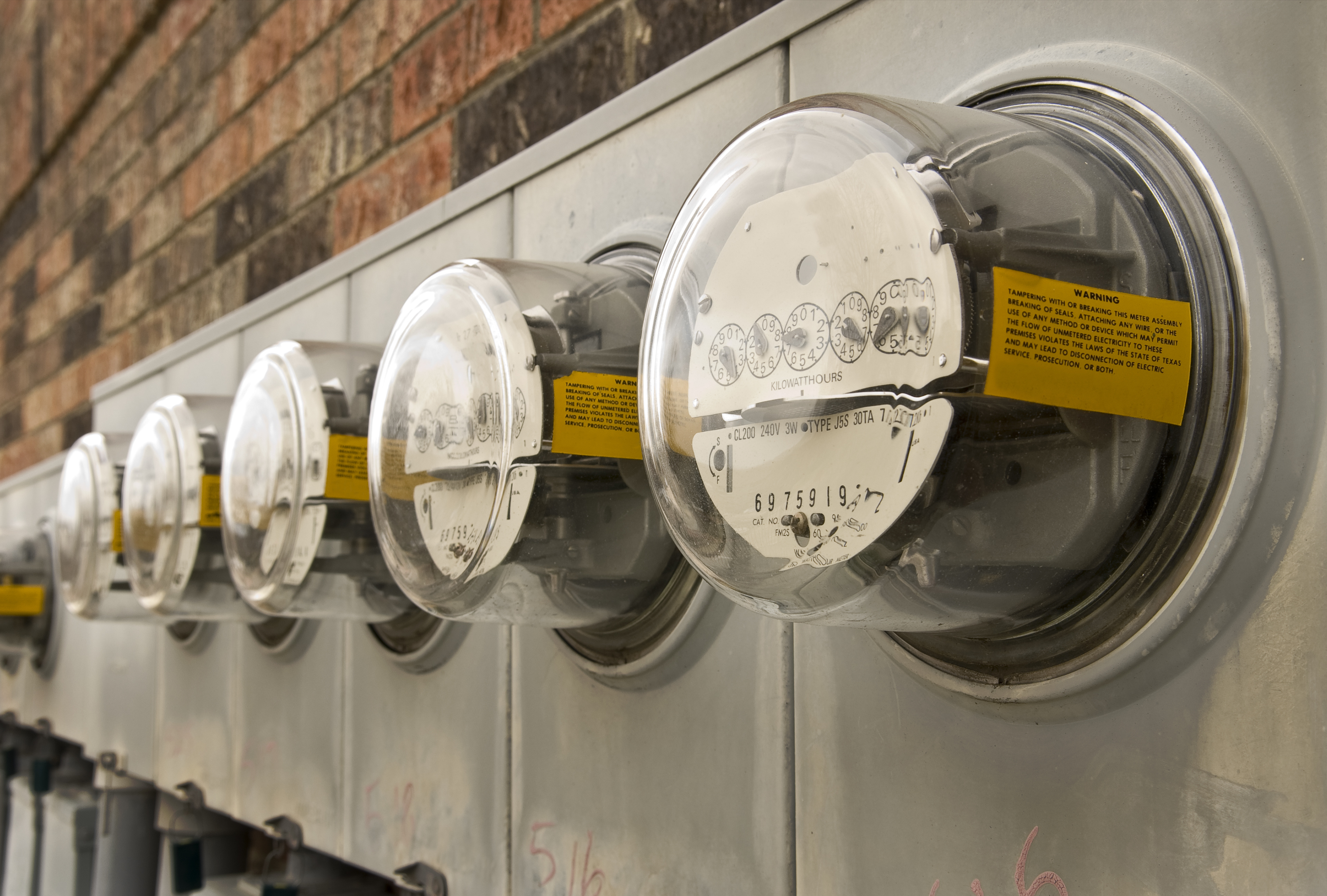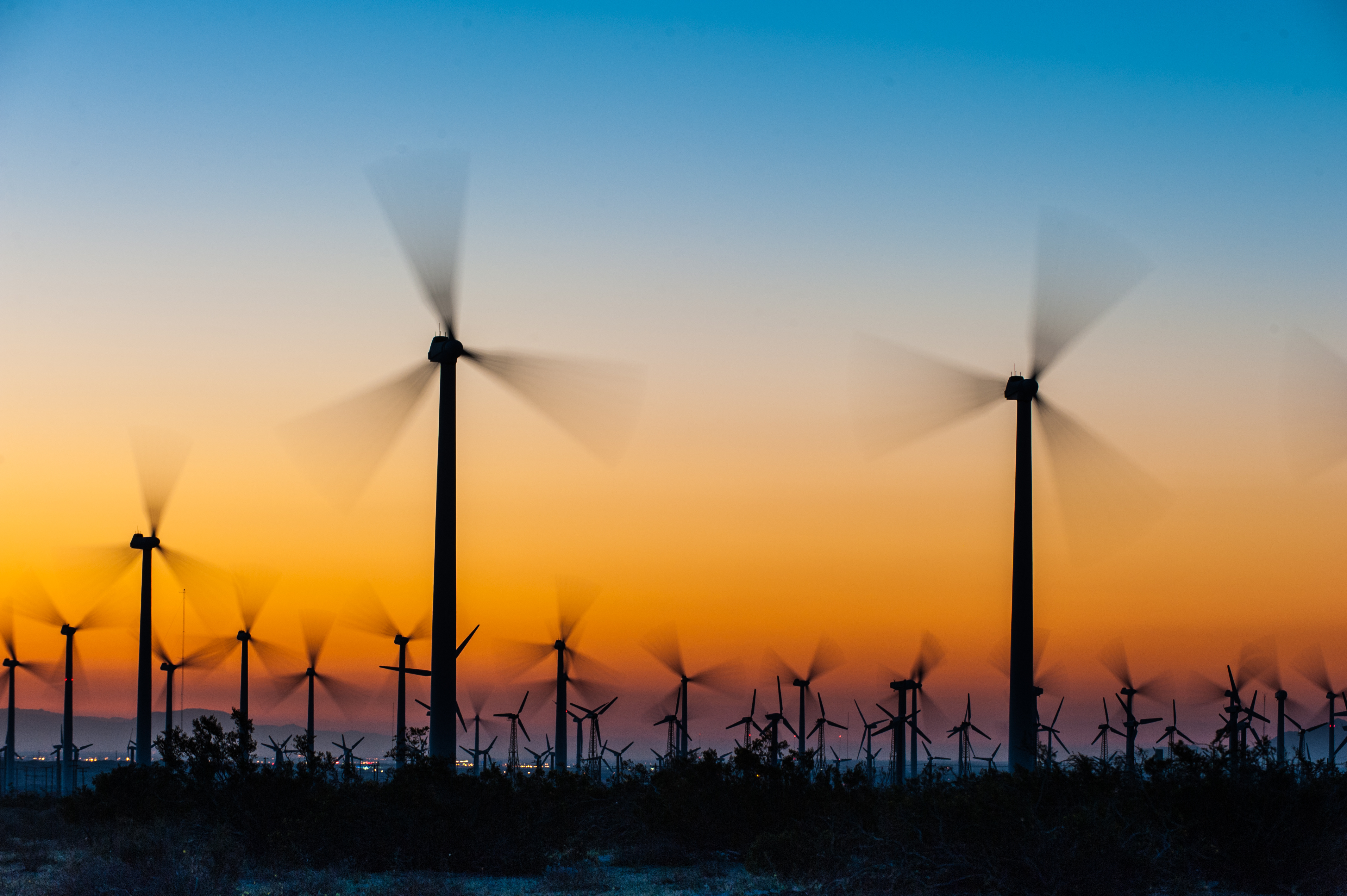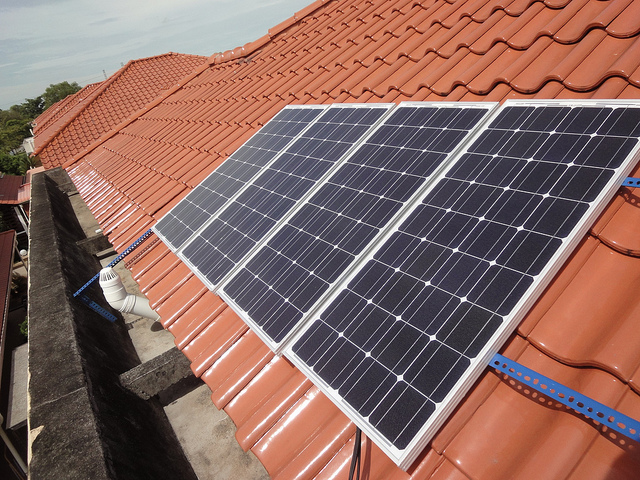
A few articles over the last month on the substantial problems from trying to rely on intermittent power sources.
- Heavy use of wind and solar in Germany is also destabilizing the grid in Poland and Czech Republic
- New words to use when discussing intermittent energy: energy from weather; wind plants (not farms); corporate welfare recipients
- Effective capacity from energy sources in US (actual output compared to theoretical nameplate rating): wind 13%, solar 38%, natural gas 87%
- Solar panels lose output when it is really hot on the roof
2/16/17 – Wall Street Journal – In Central Europe, Germany’s Renewable Revolution Causes Friction / The country’s surplus power, a byproduct of its shift to green energy, is spilling over into Poland and Czech Republic, straining their electrical grids – Germany’s grand plan of Energiewende (meaning energy revolution) involves generating massive amounts of unreliable and unpredictable power from solar and wind sources in the northern part of the country for use in the industry intensive southern region. An additional problem (beyond massive surge and drops in production) is the country does not have enough power lines to transmit the electricity from the north to the south. As a result the power is transferred into Poland and Czech Republic and then in turn transmitted to southern Germany. Essentially the electricity is rerouted a couple hundred miles east before it is routed 400 or 500 miles south.
The complication is that on those days with lots of sunlight and those hours when there happens to strong wind (but not too much) the Polish and Czech energy markets are overwhelmed with surplus energy.
Continue reading “More articles on the downside of intermittent power”

